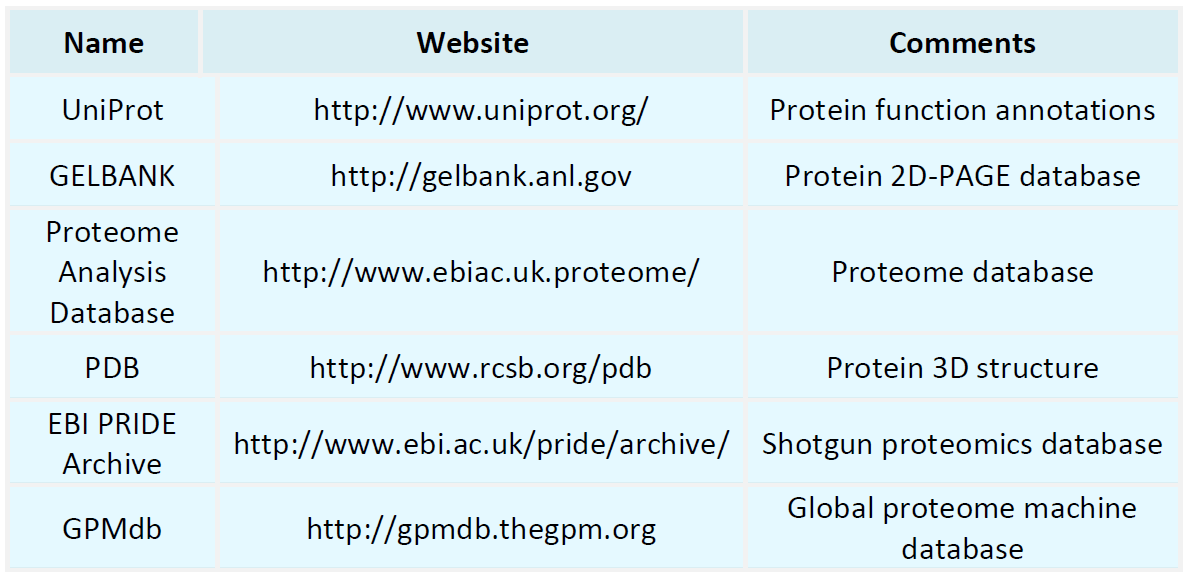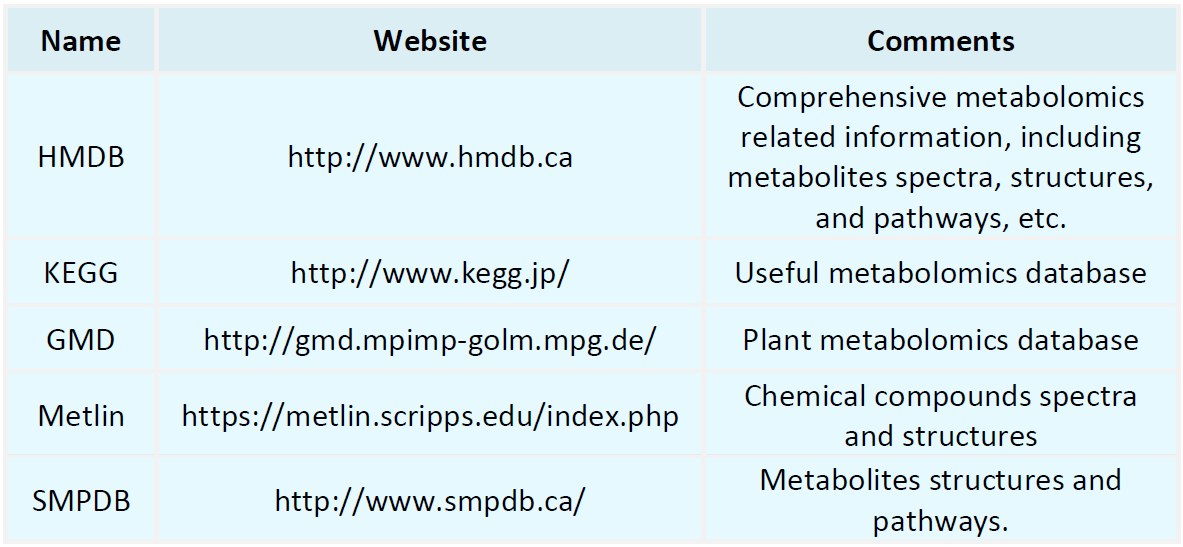Resources
Proteomics Databases

Metabolomics Databases

-
• What Is Co-Immunoprecipitation (Co-IP)?
In routine laboratory research focused on protein function and signal transduction pathways, co-immunoprecipitation (Co-IP) is a fundamental technique encountered by nearly all life-science researchers. It is widely regarded as one of the gold-standard methods for validating protein–protein interactions and serves as an essential bridge linking immunology with modern proteomics and mass spectrometry technologies. Fundamental Principle of Co-Immunoprecipitation Co-immunoprecipitation is an immunoaffin......
-
• How Can Peptidomic Liquid Biopsy Be Translated into Clinical Diagnosis?
Liquid biopsy, owing to its non-invasive, real-time, and dynamic monitoring capabilities, has gradually become an important approach for tumor screening, disease early warning, and therapeutic evaluation. Currently, liquid biopsy mainly targets nucleic acid- or cell-level information, such as circulating tumor DNA (ctDNA), circulating tumor cells (CTCs), and exosomes. In contrast, peptidomic liquid biopsy offers a complementary approach with enhanced functional characterization. Analyzing bioactive pe......
-
• How Can iTRAQ Labeling Technology Be Applied in Peptidomics Analysis?
In peptidomics analysis, mass spectrometry (MS) is commonly employed to identify endogenous peptides naturally present in biological samples. However, information on peptide presence alone is insufficient to elucidate disease mechanisms or to discover reliable biomarkers. Quantitative analysis, particularly the comparative assessment of differential expression across multiple samples, is essential for understanding pathological processes and identifying potential therapeutic targets. iTRAQ Labeling Te......
-
• Bottom-Up Proteomics Data Analysis Pipeline
Bottom-up proteomics involves the enzymatic digestion of proteins into peptides, followed by identification and quantification through mass spectrometry, ultimately enabling the inference of protein identities and abundances. Owing to its high throughput, sensitivity, and adaptability, this approach is widely employed in biomarker discovery, disease mechanism elucidation, and drug development. Below is a standardized bottom-up proteomics data analysis pipeline. Sample Preparation and Protein Digestio......
-
• Application of Bottom-Up Proteomics in Biomarker Discovery
Biomarkers play a pivotal role in early disease screening, therapeutic efficacy evaluation, and precision medicine. However, the systematic and accurate identification of differentially expressed proteins within complex biological matrices remains a significant challenge. Owing to its high throughput, quantitative precision, and broad proteome coverage, bottom-up proteomics has emerged as a central tool for biomarker discovery. What Is Bottom-Up Proteomics? Bottom-up proteomics is an analytical appro......
-
• Application of Bottom-Up Proteomics in Protein Quantification
Bottom-up proteomics achieves precise identification and quantification of proteins by enzymatically digesting complex protein mixtures into peptides, which are subsequently analyzed using high-resolution mass spectrometry. This approach is particularly well-suited for qualitative and quantitative protein analyses. As life sciences continue to advance, bottom-up proteomics plays an increasingly critical role in biomarker discovery, signal transduction research, and drug development. What Is Bottom-Up......
-
In proteomics, peptide sequencing and post-translational modification (PTM) profiling are essential for elucidating protein function, signaling pathways, and disease mechanisms. Recent advances in mass spectrometry, particularly tandem mass spectrometry (MS/MS), have enabled the concurrent acquisition of both peptide sequence and PTM data within a single experiment, substantially improving research efficiency and data utility. Tandem Mass Spectrometry: A Core Technique for Concurrent Sequence and PTM......
-
• LC-MS/MS for Antibody Peptide Sequencing: Applications and Advantages
Accurate determination of the primary structure of antibodies is critically important for drug development, functional characterization, and quality control. Liquid chromatography-tandem mass spectrometry (LC-MS/MS), due to its high sensitivity, broad dynamic range, and ability to detect post-translational modifications (PTMs), has become an essential platform for antibody peptide sequencing. It enables high-throughput and reproducible analysis, supporting comprehensive structural elucidation of antib......
-
• How Does SILAC Contribute to Phosphorylation Research?
Stable Isotope Labeling by Amino acids in Cell Culture (SILAC) has been widely applied as a metabolic labeling strategy in quantitative proteomics. Unlike chemical labeling methods such as iTRAQ and TMT, SILAC achieves isotope incorporation at the cellular level, thereby inherently minimizing biases introduced during sample preparation. This makes it a powerful approach for investigating protein post-translational modifications (PTMs), particularly phosphorylation. In this article, we provide an in-de......
-
• How Does High-throughput Shotgun Proteomics Address the Challenges of Complex Sample Analysis?
Proteomics has emerged as a critical tool for elucidating biological system functions, uncovering disease mechanisms, and identifying biomarkers. Nevertheless, complex samples, such as tissue sections, plasma, organoids, or host–pathogen co-culture systems, present formidable challenges in terms of protein diversity, abundance, and background interference. Obtaining comprehensive, accurate, and reproducible protein information from these samples remains a central issue in proteomics research. Owing to......
How to order?







